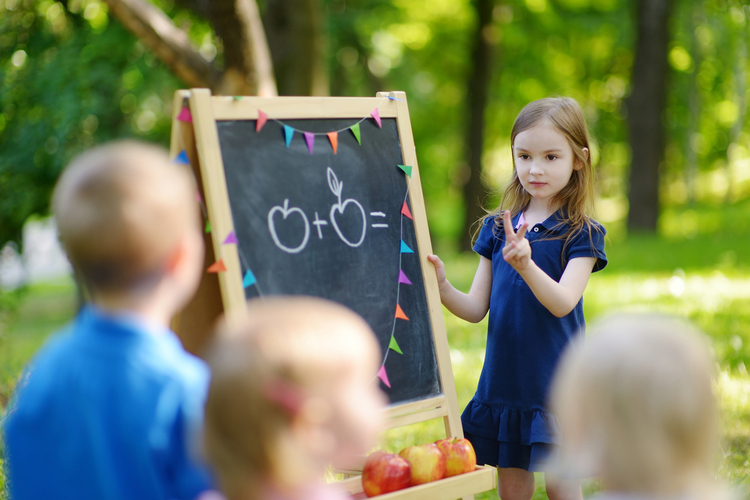
Are we breeding a nation of couch potatoes?

Speak to anyone who grew up in Britain before the 1970s and they will assure you that, in their day, kids played outdoors. Schools trips, lessons outdoors, and playing outside after school were all a standard part of growing up. Changes in legislation and educational priorities, however, have resulted in schools planning fewer of these outdoor lessons – but what impact is this having on our kids?
Health
It’s no secret that living a more sedentary lifestyle can lead to a whole host of health problems. Childhood obesity is up on the up, and the NHS forecast that one in three primary school children is now overweight. Indeed, the UK has the highest rate of childhood obesity in Western Europe. Although this can’t be blamed exclusively on spending more time indoors, combined with poor diets, it is still likely to be a contributing factor.
As well as outdoor lessons promoting movement and raising activity levels, they also expose kids to fresh air, and vitamin D from sunshine.
Pollution
But what about the health risks of being outdoors? As our cities have grown, and our road networks developed, the amount of air pollution has risen spectacularly in the last 50 years. Suddenly, playing outside doesn’t necessarily guarantee you the ‘fresh air’ and its associated health benefits. Childhood asthma is on the increase, and experts have put this down to the increased exposure to air pollutants from traffic and industrial air pollution. Combined with the fact that many city schools have resorted to selling off swathes of playing fields, and it suddenly becomes a lot harder to find a safe, clean place to conduct outside lessons and play.
Safety
It’s not just pollution that has parents and teachers worried. Since the 1970s, the distance our kids have strayed from home when playing outdoors has shrunk by 90%. It’s now more common for children to be treated in hospital for falling out of bed than falling out of a tree. The National Trust surveyed parents, and found that 43% did not believe that children should play outside, unaccompanied, before they are aged 14. This concern has spread in to schools, and with the burden of risk assessment and supervision falling to teachers who already have a significant workload, it’s no surprise that more are opting to conduct science and sports lessons indoors, where they may previously have gone outside.
Knowledge about Nature
The impact of this decision to move inside has been noticeable. There are some shocking statistics – in 2008 the National Trust found that children were more likely to be able to identify one of Dr Who’s Daleks than an owl. The TV channel Eden surveyed 2000 eight-to-12 year olds, and found that between a quarter and a half believed that cows hibernated, grey squirrels were native to Britain, and conkers came from oak trees.
The World of the Future
But does it really matter? Should we be worried about the natural world, when kids could be learning about computing and technology? After all, it’s all very well to be able to identify twelve different types of tree, or spot invasive bluebell species in a woodland habitat – but will this really help employment skills? Some would argue not. Jobs working in conservation are few and far between – and those that do exist, are not generally well paid. Compare this to the career options that exist in the cyber and digital worlds, and it becomes clear which option is going to enhance our children’s future in the long term.
In short, there are clear benefits to outside play and lessons, in the right situation. If we can address the health and safety concerns, there can be no doubt that children can gain a lot from exposure to the natural world. The National Trust’s ’50 things to do before you are 11 and ¾ ‘ www.50things.org.uk is a great directory of ideas for more ways we can get kids back out, and experiencing the natural world.
Do you think that we are ‘wrapping our children in cotton wool’ share your views with us here at REESON Education

